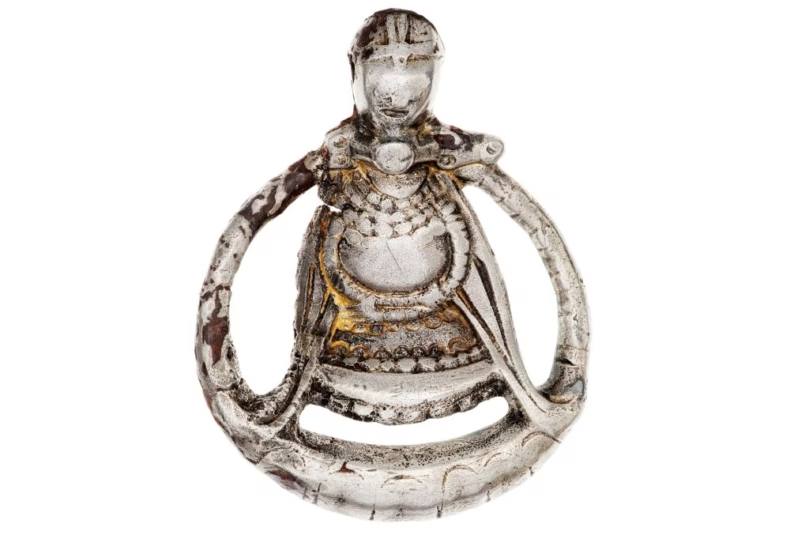
Pregnancy in the Viking Age: Warrior Women, Unborn Children, and the Silences of History
A groundbreaking study conducted by Viking specialists from the University of Nottingham and the University of Leicester is shedding new light on the experience of pregnancy during the Viking Age—offering fresh perspectives on gender, embodiment, and social norms in a society often viewed through the lens of warfare and conquest.
The First Academic Focus on Viking-Age Pregnancy
Published in the Cambridge Archaeological Journal, the research titled “Womb Politics: The Pregnant Body and Archaeologies of Absence” represents the first dedicated academic investigation into pregnancy in the Viking Age. The study is led by Dr. Marianne Hem Eriksen from the University of Leicester and Dr. Katherine Marie Olley from the University of Nottingham, both renowned for their work in archaeology and Viking studies.
Drawing from a wide range of sources—including Old Norse literature, unique figurative artifacts, and burial records—the study examines how pregnancy was represented, regulated, and remembered (or forgotten) in Viking culture.
Pregnant Women in Viking Literature and Art
Dr. Olley’s linguistic analysis of Old Norse texts reveals evocative terms used for pregnancy, such as “bellyfull,” “unlight,” and “to walk not a woman alone.” These expressions hint at how the condition may have been understood—not just biologically, but socially and symbolically.
Some sagas go further, portraying pregnant women in active, even combative roles. One story centers on an unborn child already entangled in a political vendetta, destined to avenge a murdered father. In another, a heavily pregnant woman named Freydís draws a sword and strikes it against her chest to fend off attackers—depicting courage, strength, and self-possession in a moment of peril.
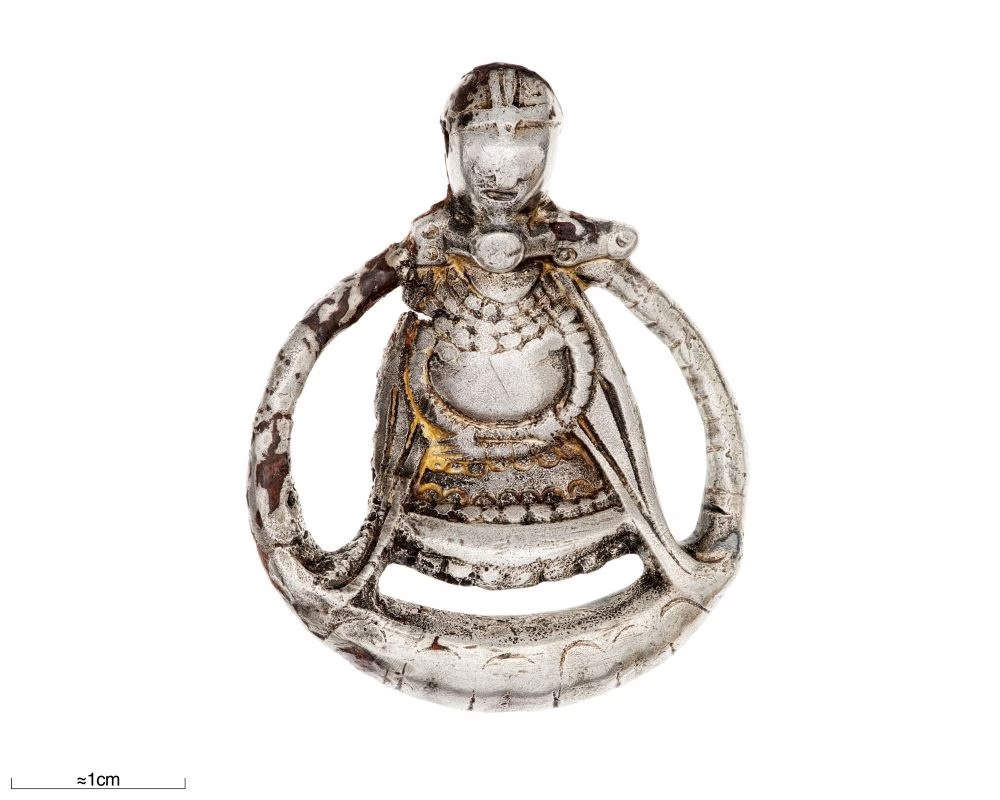
A Helmeted Figurine: Pregnant and Armed
Among the most intriguing material findings is a silver figurine depicting a pregnant woman wearing what appears to be a helmet with a nose guard—a visual fusion of martial imagery and maternity. Dr. Olley comments:
“We’re not suggesting pregnant Viking women were routinely warriors, but the presence of such a figure in the artistic record challenges simplistic narratives. At the very least, there were circulating ideas about pregnant bodies equipped for strength, not passivity.”
The Archaeological Silence: Where Are the Mothers and Infants?
While literary and artistic sources are suggestive, the archaeological record remains notably silent. Despite high rates of maternal and infant mortality in the Viking Age, mother-child burials are extremely rare, and infant remains are significantly underrepresented at known burial sites.
Dr. Eriksen reflects on this absence:
“It may seem obvious, but pregnancy underpins every demographic, economic, and political structure. How societies treat pregnant bodies—whether in death or life—reflects broader values and hierarchies.”
Law, Enslavement, and the Body as Property
The study also brings attention to Viking-age laws that defined pregnancy in enslaved women as a ‘defect’, reducing their value as commodities. Children born to enslaved women were treated as the legal property of their owners—underscoring the intersections between gender, class, and exploitation in the Viking world.
Dr. Eriksen continues:
“Pregnancy is not always a site of protection. It can also be a space of exposure—of risk, exploitation, and even political control. These aren’t just ancient issues. They’re deeply relevant today.”
Beyond the Private Sphere: Rethinking Gender in Viking Society
This study contributes to growing efforts to challenge binary gender narratives and bring reproductive experiences into the center of historical inquiry. Pregnancy in the Viking Age was not just a biological condition—it was a political, legal, and symbolic state shaped by power, representation, and visibility.
Eriksen, M. H., Olley, K. M., Marshall, B., & Tollefsen, E. (2025). Womb Politics: The Pregnant Body and Archaeologies of Absence. Cambridge Archaeological Journal, 1–14. doi:10.1017/S0959774325000125
You may also like
Related posts:
 5000-Year-Old Cube Uncovers the Oldest Iron Age Settlement in India
5000-Year-Old Cube Uncovers the Oldest Iron Age Settlement in India
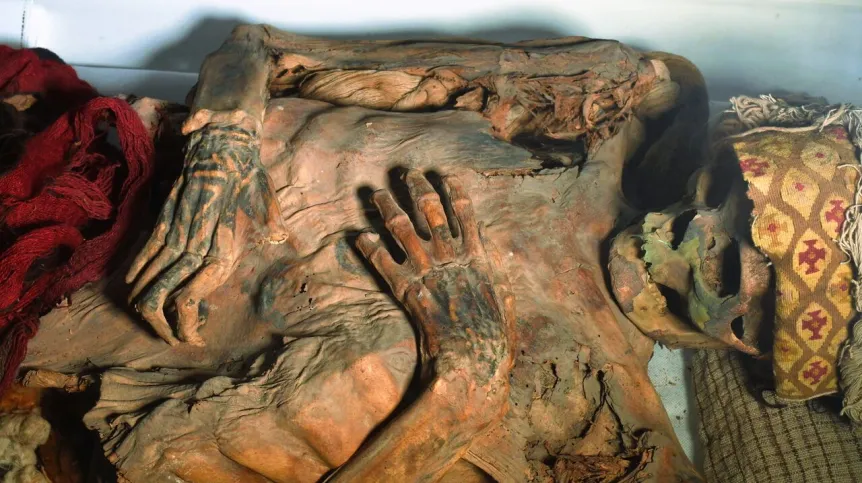 New Study: Pre-Columbian Tattoos Are Better Than Modern Tattoos
New Study: Pre-Columbian Tattoos Are Better Than Modern Tattoos
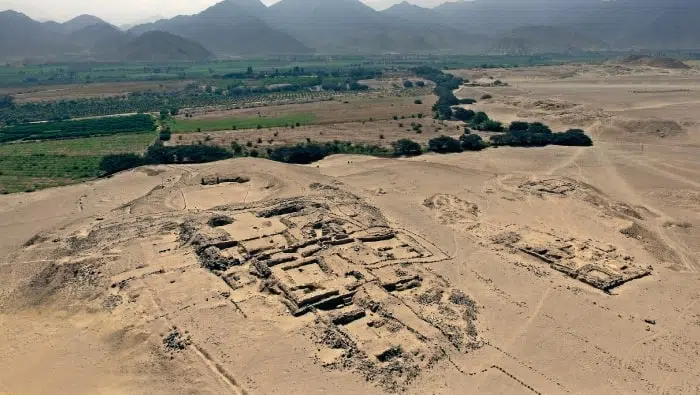 A New Pyramid of the Caral Culture, Known as the Oldest Civilization in South America, Discovered
A New Pyramid of the Caral Culture, Known as the Oldest Civilization in South America, Discovered
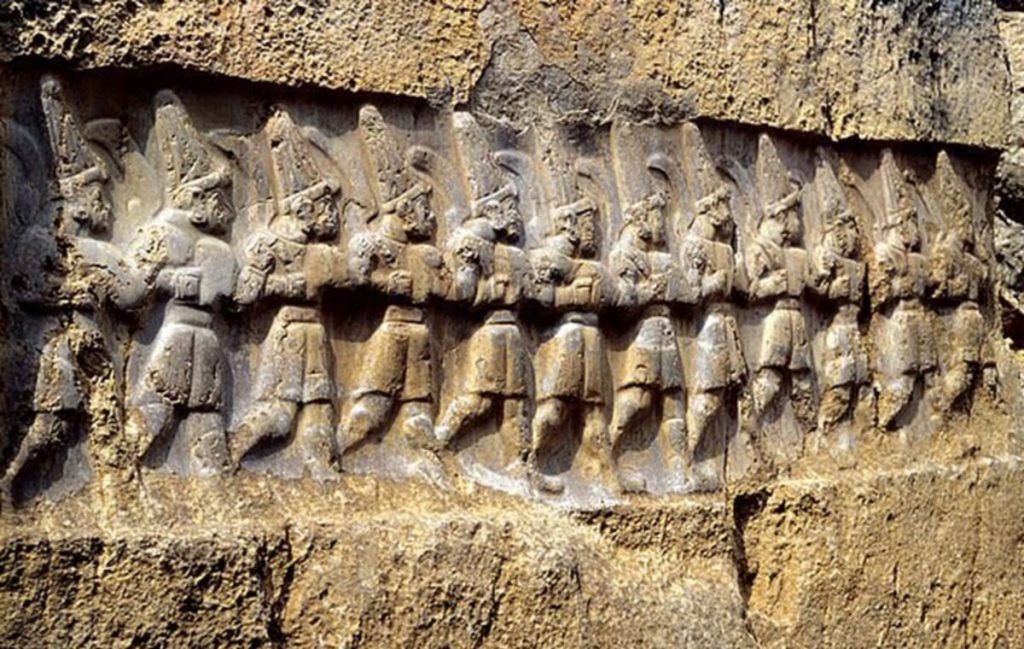 Missing Connection in the History of Indo-European Languages Discovered
Missing Connection in the History of Indo-European Languages Discovered
- A Groundbreaking Discovery: 6th-Century “Türk-Kağan” Coin Could Be the Oldest Record of the Word “Türk”
- Massive Relief Depicting Assyrian Gods and King Ashurbanipal Unearthed in Ancient Nineveh
- Pregnancy in the Viking Age: Warrior Women, Unborn Children, and the Silences of History
- The Sacred Sound of Mount Idi: A Bronze Tympanon from the 8th Century BCE
- Exceptionally Preserved Bronze Age Urns Discovered in Germany
- The Eleusinian Mysteries and the Demeter-Kore Relief: A Glimpse into Ancient Sacred Rituals
- “Game[in]g Problems” Exhibition in Elche: Video Games Redefine History
- Excavations at Tell Abu Saifi Reveal Ancient Egypt’s Strategic Eastern Defense Systems
- The World’s First Beauty Contest Took Place on Mount Ida (Kaz Dağları)
- Gruesome Maya Ritual Sacrifices Unearthed in Guatemala’s ‘Cave of Blood’

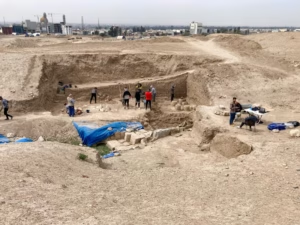
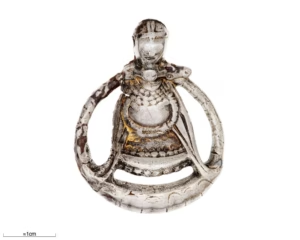
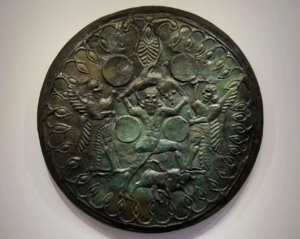
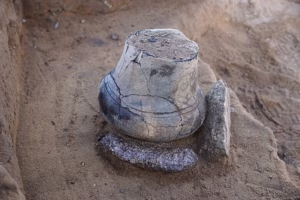
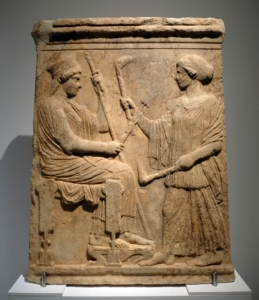
!["Game[in]g Problems" Exhibition in Elche: Video Games Redefine History](https://ancientist.com/wp-content/uploads/2025/05/POSTER_Gameing_Problems_Historytelling-300x300.avif)
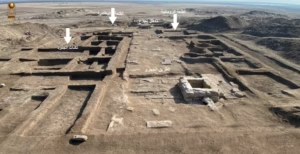


Leave a Reply